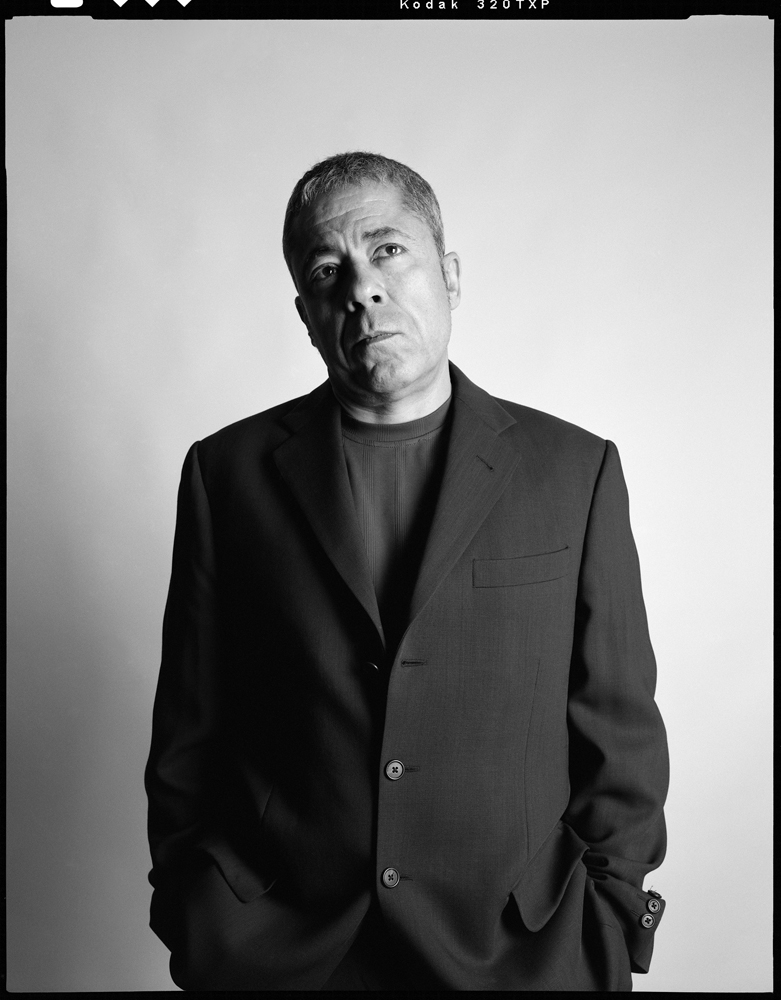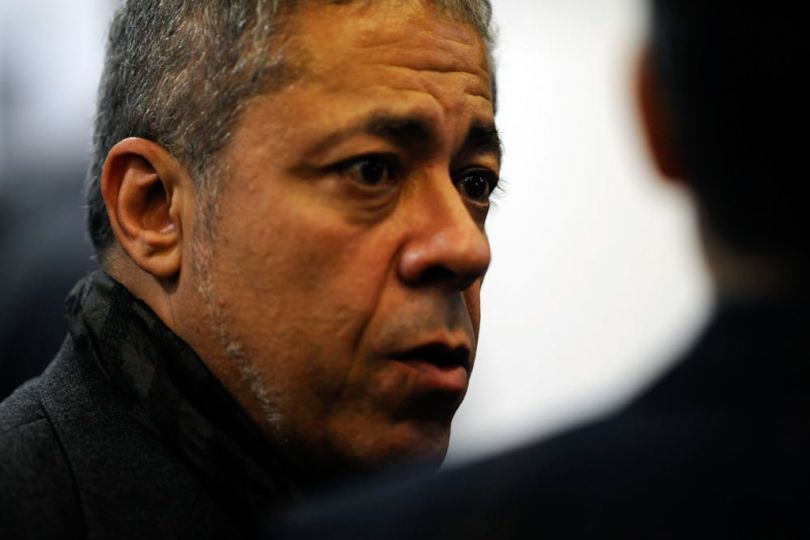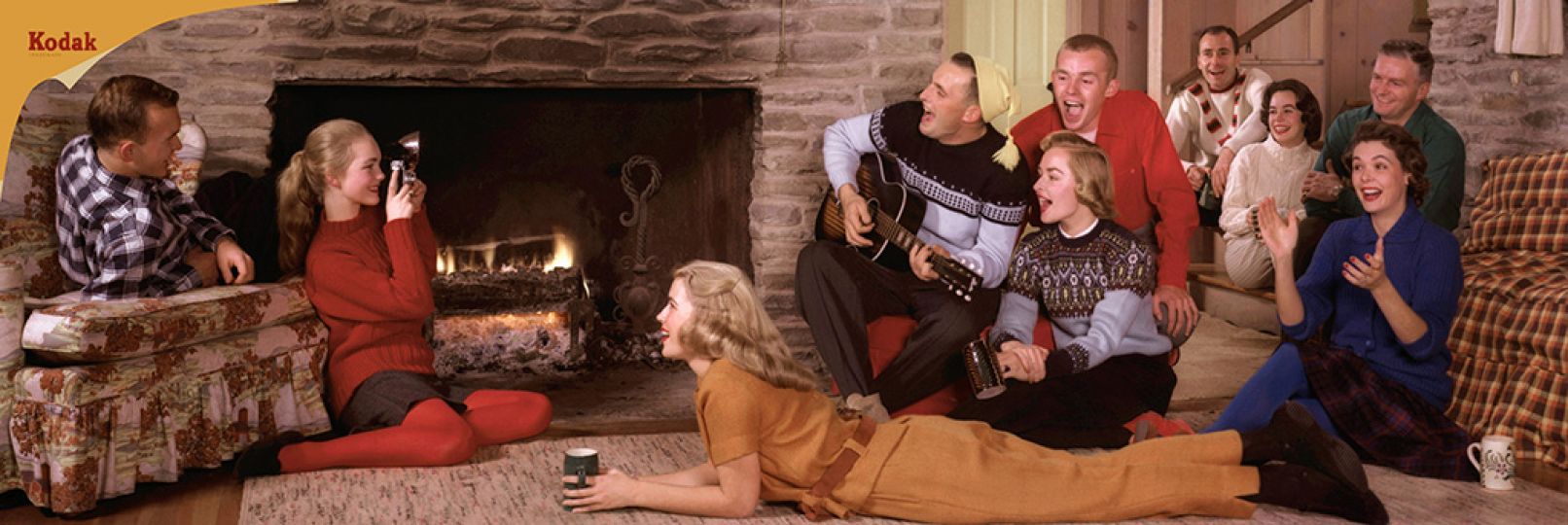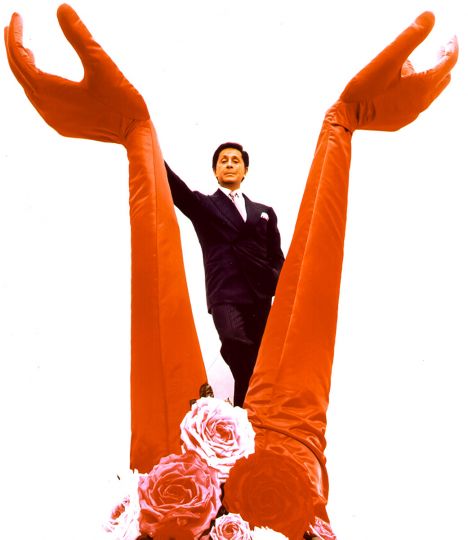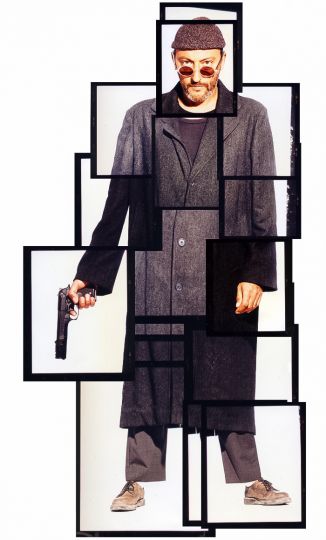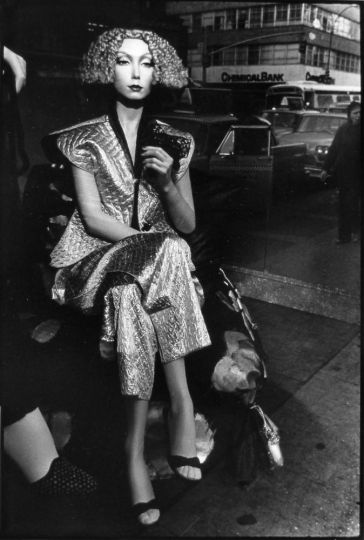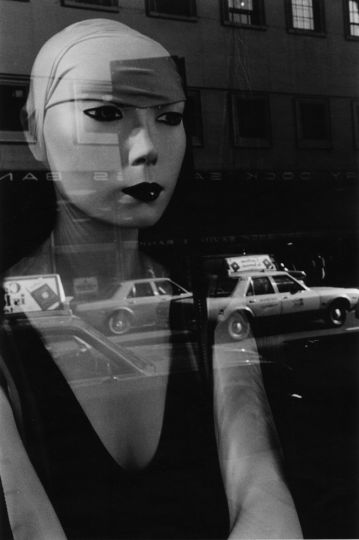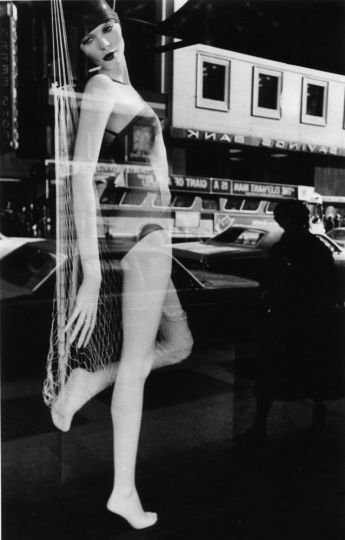François Cheval is the curator of the Museum Niepce in Chalon-sur-Saône (France). He sent us this reflexion about the future of photo festivals.
All across Europe, from Madrid to Athens, blossom events devoted to photography. In France alone, there are over 60 festivals .More or less each has defined an original theme, yet their operations are similar: classic exhibitions in locations often inappropriate, offering “convivial” evening . Are these proliferations and identical behaviors adapted to our present day? Do these festivals offer responses to the mutations that photography is experiencing?
In other words, can an event dedicated to photography overlook the ongoing changes that are profoundly transforming the nature of the medium (media hybridization, modern art/photography crossover, questioning the classic exhibition, the concept of authorship, crisis in photojournalism, etc.)?
One must take into account that in the past few years the mechanical image has dissolved into “entertainment culture”. This all-image culture has depreciated the value of the image. Concerning the status of the photographer, it is quite uncertain; artist, author, occasional worker…? The perception that society has of the image has an intimate link to the contradictions of the world.The spectator awareness of the fragility of his opinions and references should be one of the major issues of the mediation. If the festival model is not only that of a laboratory and of experimentation, it must integrate this disruption of certainties. A festival has the responsibility of challenging photography by refocusing on creation, i.e. the unexpected, an obstinate combat to maintain a critical attitude of the world and the medium.
Our modern world is cluttered with images. It incessantly provokes both retina and intelligence. We await a festival that generates silence. What an ambition to break with saturation to offer eye and thought clear perspectives! A festival, by nature, is over-representation. It supposes the almost religious adhesion of the festival-goer to this idea of excess. How to shift from this consuming, this permanent exaggeration, for the participation of an emancipated spectator?
The cultural function of a festival has a moral dimension. An event devoted to photography thus engages in a struggle against the opacity of the image, aiming to restore understanding between man and nature, between man and man. Which does not imply the justification of a photograph, pure object, as evidence, a “Pauline” revelation. One cannot stop at the criticism of the illusion. It is necessary to question the neutrality of the image, its political and social power. And, if a festival must examine the representation of reality, it must be able to query the relevance of the question. Is there an objective observation via photography of the system in which we live?
[…]
Let us leave the “Pantheonic” festival aside in favor of a history of photography in construction, a history of creative labor. Staying in tune with ‘creative’ news means breaking with established order. A festival remains a place where the history of photography makes explicit the contemporary. It is by maintaining a modern dialogue that there can be recourse to history. Previous generations of course have their place in this. Not those before which we must be deferential, but those who, thanks to powerfully radical works, open a dialogue with modernity. Those who have a future.
Contemporary production, the very object of a festival, becomes more and more difficult to record, as the snare of forgetting and the risk of distortions seem to be increasing. The obstacles to a clear legibility of the current scene are many. The “obvious specialists” have disappeared. The locations where now live these events have multiplied exponentially. Waves of students emerge from schools to yearly renew visual proposals. And the new means of communication are transforming and making more complex photography itself. There are no more frontiers in creation. Forms globalize and the photographic field continues to expand. The lines move between fixed and animated images, projection, touch screens and the performing arts. A modern festival includes the need for the ephemeral. It is anchored in the present time of photographic creation whose characteristic is to be fragmented.
Finally, because this is the exception, we can only hope for a participatory festival, by an inventive lecture of current events, in the transformations of a territory in which he would be a daily actor. It is by anchoring in the heart of a territory, by sharing its difficulties, nourished by others’ methods, that something happens. And this something goes beyond what surrounds it. It must be understood: a festival has legitimacy only in organizing and recording the field of possibilities. It participates in the redefinition of the identification process of the territory and in the quest for the complex and contradictory unity of our time. In what is now a common world time, a cultural event must aim to go beyond the consumer community born of globalization.

